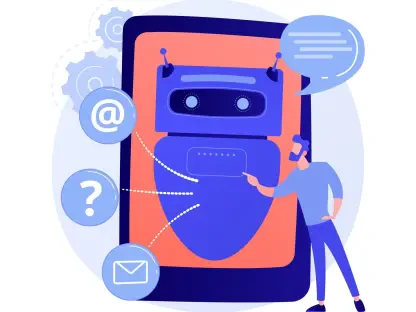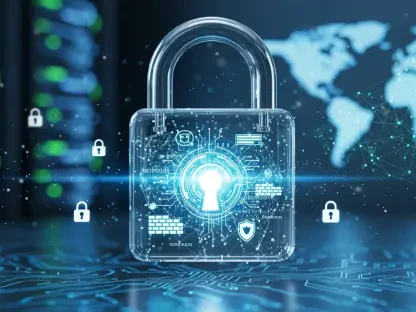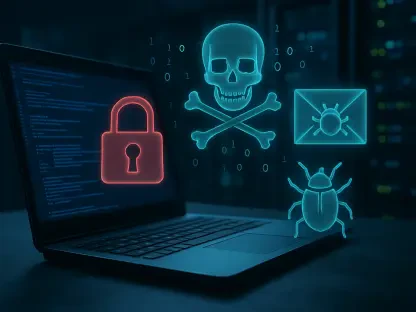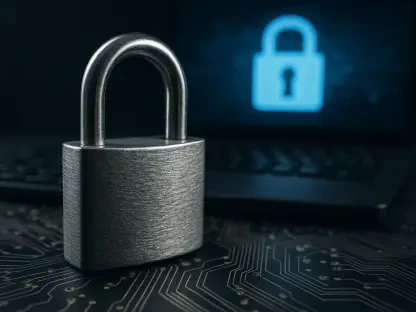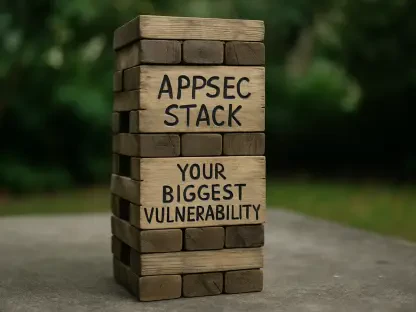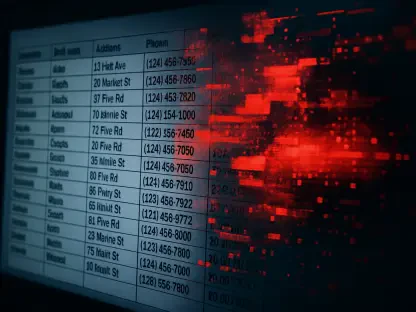In recent years, the importance of cybersecurity in education has become increasingly evident, with experts like Rupert Marais advocating for early exposure to these critical skills. Rupert Marais, an experienced security specialist, shares his insights on why cybersecurity should take precedence over artificial intelligence implementation in schools. He explores the need for students to understand cybersecurity basics, the impact on the future workforce, and the importance of integrating these concepts into early education.
What is the role of artificial intelligence in schools today, and how is it benefiting students and teachers?
Artificial intelligence in schools is reshaping the way learning and teaching happen. It helps students tackle complex subjects by breaking them down into more digestible pieces. For instance, it can simplify dense historical content or make math concepts easier to understand. Similarly, teachers benefit by using AI to develop more personalized learning strategies that cater to individual student needs, making classroom management more effective.
Why is it important for students to learn about both AI and cybersecurity?
Learning about both AI and cybersecurity is essential because they are interconnected elements in today’s digital world. While AI helps streamline educational processes, understanding cybersecurity ensures students use this technology responsibly and safely. Knowing both areas equips students with a holistic perspective, allowing them to leverage AI while being aware of the potential risks involved with digital interactions.
Can you explain why teaching cybersecurity at an early age is crucial for students?
Teaching cybersecurity early is vital because students are engaging with technology at increasingly younger ages. Just like how we teach them about physical safety, such as “stranger danger” or “stop, drop, and roll,” we need to equip them with digital safety skills. Early education in cybersecurity lays down a foundation for safe digital practices that become second nature as they grow up in a tech-centric world.
How can early exposure to cybersecurity prepare students for the future workforce?
Early exposure to cybersecurity prepares students significantly for the future workforce by cultivating critical thinking and problem-solving skills. These skills are invaluable across various professions but especially critical in tech roles. Understanding cybersecurity concepts at a young age can lead to opportunities in numerous fields, giving students a competitive edge in a digital economy that’s consistently seeking skilled professionals.
What are some cybersecurity programs and curriculums available for schools to use?
There are several programs dedicated to integrating cybersecurity into school curriculums. Organizations like Cyber.org and GenCyber camps offer structured educational experiences tailored for young students and educators. These programs are often supported by government entities such as the NSA and are hosted by universities nationwide, providing excellent resources to help schools jumpstart cybersecurity education.
How can early cybersecurity education help in filling tech job positions in the future?
As our dependency on technology grows, so does the demand for cybersecurity professionals. Early education in this field can motivate students to pursue careers in tech, thus helping fill the significant gap in job postings we’re witnessing. By preparing students early, we help to bridge the current skills gap and ensure a workforce ready to tackle future technological challenges.
Can you discuss the gaps you’ve observed between students who have received cybersecurity training and those who haven’t?
The differences between students with cybersecurity training and those without are striking. Students who have received training tend to be more vigilant about protecting their personal information and discerning about online content. They’re more adept at questioning the validity of AI-generated content, which underscores the development of their critical thinking skills—skills that are applicable across various disciplines and real-world situations.
How does a basic understanding of digital protection make individuals and companies safer?
A basic understanding of digital protection plays a critical role in safeguarding both individuals and organizations. Many cybersecurity breaches are initiated by human error. Educating individuals on cybersecurity fundamentals reduces this risk by making people more aware of how to avoid pitfalls like phishing attacks, thereby creating a safer digital environment for everyone.
What are some key cybersecurity practices that should be taught to students?
Students should learn several key cybersecurity practices, such as recognizing phishing attempts and understanding the importance of strong passwords and multi-factor authentication. They should be taught to validate the sources of online content and exercise caution when clicking links or downloading attachments. Knowing how to manage their online presence and sharing information wisely is also crucial.
Why is it important for students to distinguish between AI-generated content and secure online information?
Distinguishing between AI-generated content and secure online information is crucial because it helps students navigate the vast amount of data they encounter responsibly. Not all information found online is accurate or safe, and educating students on this topic ensures they can critically assess the content, thereby making sound decisions and safeguarding themselves from misinformation and potential online threats.
How can cybersecurity education enhance critical thinking skills in other subjects like chemistry and math?
Cybersecurity education fosters a mindset that encourages questioning, analysis, and problem-solving—skills that are directly transferable to subjects like chemistry and math. When students develop the ability to detect anomalies or question processes, they apply a similar level of critical thinking to scientific experiments or mathematical problems, leading to a more comprehensive and innovative educational experience.
What fundamental cybersecurity knowledge should be included in school curriculums?
School curriculums should encompass fundamental cybersecurity knowledge, including awareness of different types of cyber threats, the importance of privacy settings, and best practices for securing personal devices. Basic understandings of encryption, data protection, and internet safety principles should also be integrated to provide a rounded approach to student education.
How can parents and schools work together to ensure children learn cybersecurity basics?
Collaboration between parents and schools is critical in teaching cybersecurity basics to children. Schools can offer workshops or resources for parents to understand the digital tools their children are using, thereby fostering a home and school environment where digital safety is emphasized. Collaborative efforts create consistent messaging around the importance of cybersecurity.
What long-term skills do children develop from learning cybersecurity early on?
Children who learn cybersecurity skills early develop long-term competencies such as digital literacy, critical thinking, and analytical problem-solving. They also build a strong ethical foundation for digital interactions, which is invaluable as they navigate the broader implications of technology in their personal and professional lives.
Do you have any advice for our readers?
My advice for readers is to embrace continuous learning when it comes to cybersecurity. Technology evolves rapidly, and staying informed is key to protecting yourself and your data. Encouraging ongoing education and discussion around digital safety within communities can build a more resilient and secure society.


